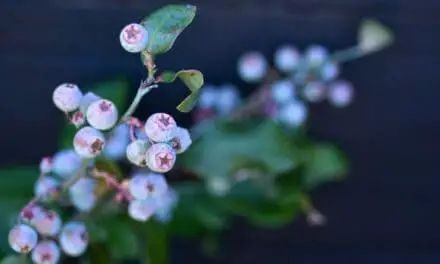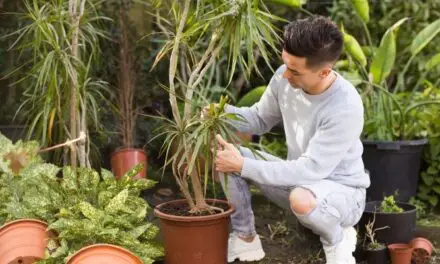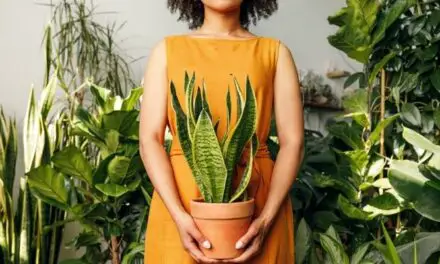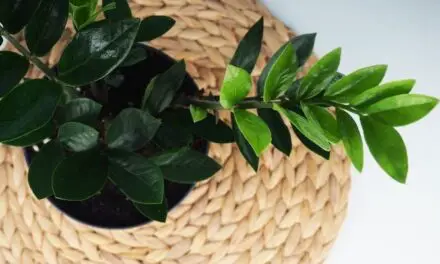If you’re living in a space that doesn’t get much light and looking for a plant that will still display some gorgeous green foliage, the Peperomia plant might suit your needs.
In this article, I’ll be going into detail about the lighting needs of peperomia plants and how to offer yours enough light to keep it super happy.
Table of Contents
Can Peperomia Grow In Low Light?
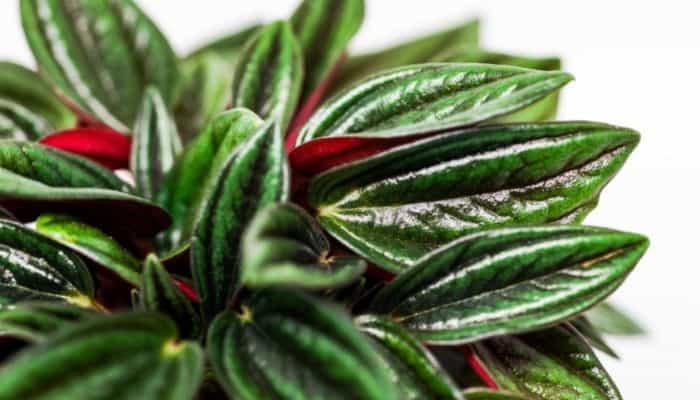
Yes, Peperomia plants can adapt to grow in low light conditions, but they may not thrive if not given enough sunlight. The less light they receive, the more slowly they will grow.
Whenever you’re dealing with a plant, light levels are one of the most important conditions to consider, so you need to think about how much light the plant is likely to get most days, and how you can increase light levels if they aren’t high enough.
Peperomia is less fussy about the amount of light they need than many other plants, but they do still need a reasonable amount of light.
While they will survive in shady, fairly dark conditions, they will not grow well, and they may lose some of the patterns on their leaves, or even the leaves themselves.
If your plant is looking sick, you may need to increase the amount of light it has access to.
You May Also Like: How To Make Your Cut Tulips Last Longer (8 Ways That Really Work)
What Will Happen If My Peperomia Is Not Receiving Enough Light?
If your peperomia is not receiving enough light, it will become lighter in color, variegated varieties will become duller, growth will slow down and become stunted and they will be more susceptible to attacks from insects and diseases.
Peperomia plants are known for handling low light well, and they are ideal if you have a relatively shady spot that you want to fill with bright leafy colors.
Peperomia plants can be very pretty, and they are one of the few plants that will usually do reasonably well in low light.
This makes them a popular choice of a houseplant for many homes.
It’s worth noting that variegated Peperomia plants don’t do as well in low light, which is a shame, as these are the prettiest plants.
They may survive, but their leaves will often lose their patterning, while plain, dark green foliage will cope better with low light levels.
If your Peperomia plant’s light is really limited, even a dark green variety probably won’t grow very well – if at all.
Plants need sunlight to photosynthesize, and if your Peperomia isn’t getting enough light, it will not be able to produce enough food.
This will lead to it being unable to grow.
Lack Of Light May Make Your Peperomia More Vulnerable To Pests And Diseases
Most Peperomia plants will continue to survive in low light conditions, but they won’t be particularly healthy.
They might be more vulnerable to pests and diseases, and they are unlikely to become big plants.
If you deprive your Peperomia plant of light too much, it will probably die.
This is usually preceded by curling leaves and leaf loss.
If you notice your plant looking sickly, try and move it closer to a window or consider installing a grow lamp to boost the light levels for a while – especially during the winter, when there is less sun available.
Can Peperomia Grow In Direct Sunlight?
Peperomia plants cannot handle direct sunlight (especially the afternoon sun) and will burn badly if exposed to it.
Peperomia plants are sensitive to direct sunlight and will find this much harder to tolerate than low light levels.
They burn badly in the sun, so you should always avoid keeping them too close to a window, especially in summer.
They are much better adapted for coping with low light levels than high ones, so take this into account when choosing and positioning a Peperomia plant.
You should not keep these plants on windowsills that get full sun or in sunny spots.
Instead, choose a reasonably well-lit spot with no direct sun at all.
This should provide the environment that the Peperomia needs.
It will have enough light to photosynthesize, grow, and produce new leaves, but it won’t be burned or stressed by excessive light.
Remember that although variegated types of Peperomia are not suitable for growing in shady conditions, they also don’t want to be in direct sun.
Place plants several feet from South-facing windows to minimize the sunlight that can reach them.
Alternatively, put up a shade or sheer curtain between your plant and the window.
This should help to block some of the strong light and let your plant grow happily in the more favorable conditions.
A medium amount of indirect light should be fine for the Peperomia; it is only direct sun or very high light levels that it can’t cope with.
Where To Put A Peperomia Plant?
Most varieties of Peperomia will be happiest in locations that get bright, indirect sunlight.
However, some varieties like a little more light and some like a little less so it’s important to find out exactly which variety of Peperomia you have.
An East or West-facing window is good because it usually misses out on direct sun from the hottest part of the day.
A South-facing window will also work, as long as your plant is pulled back a few feet.
However, you may still need to set up a shade or sheer curtain to filter strong direct sun if your Peperomia is getting hit with it.
If you notice crunchy or discolored leaves, your Peperomia is probably getting hit with too much direct sunlight.
Which Peperomia Is Best For Low Light Conditions
The Watermelon Peperomia (Peperomia Argyreia) is one of the best varieties of Peperomia for growing in low light conditions.
In their natural habitat of northern South America, these plants live beneath forest canopies and get lots of indirect sunlight and dappled shade.
Being native to this type of environment makes Watermelon Peperomias adaptable to low light conditions and ideal for homes lacking in sunlight.
Final Thoughts
Peperomia plants are known for growing well in low light – something that many kinds of plants struggle with.
However, that doesn’t mean you can grow them in rooms with no light or very little.
They do still need enough to photosynthesize and keep growing.
Choose a non-variegated kind if you’re aware that your home is dark, or a variegated type if you can find a brighter spot to put it in.
Whichever kind you have, keep it well away from the windows and block any direct sun that will fall on the plant.

